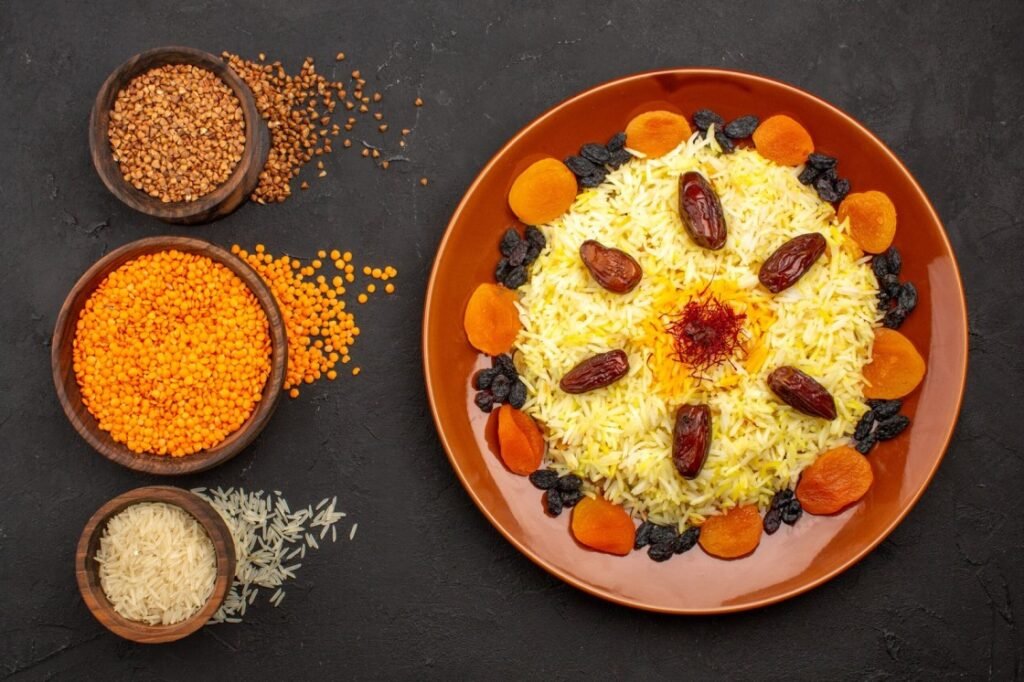
Indian cuisine is renowned for its diversity, flavors, and unique use of ingredients. Among the plethora of grains and cereals used in Indian cooking, millet stands out as a nutritional and cultural treasure. Millets have been an integral part of Indian culinary heritage for centuries, offering not only delicious dishes but also a host of health benefits. In this article, we will explore the significance of millet in Indian cuisine, its nutritional value, and its role in promoting both health and sustainability.
A Rich Culinary History
Millet, a group of small-seeded grasses, has been cultivated in India for thousands of years. It holds a special place in the country’s culinary traditions, especially in regions where arid conditions are prevalent. Millets were often considered “poor man’s food” because of their affordability and hardiness, making them a staple for rural populations. However, their reputation has evolved over time, and today, millets are cherished for their versatility and nutritional value.
Varieties of Millets in Indian Cuisine
Indian cuisine incorporates various types of millets, with each region boasting its favorite variety. Some of the most commonly used millets in Indian cooking include:
Pearl Millet (Bajra): Predominantly grown in Rajasthan, Gujarat, and Haryana, pearl millet is a key ingredient in dishes like bajra roti and khichdi. It is known for its heat-resistant properties and is a popular choice during scorching summers.
Finger Millet (Ragi): A staple in South India, finger millet is used to prepare dosas, idlis, and ragi mudde. It is highly nutritious and known for its calcium content.
Sorghum (Jowar): Jowar is prevalent in Maharashtra, Karnataka, and Andhra Pradesh. It is used to make jowar roti, a flatbread that pairs well with various curries and chutneys.
Foxtail Millet (Kangni): This millet is common in parts of Tamil Nadu and Andhra Pradesh, where it is used in traditional dishes like upma and pulao.
Little Millet (Kutki): Found in many parts of India, little millet is used to prepare dishes such as samai upma and pulav.
Each millet variety lends a unique texture, flavor, and nutritional profile to Indian dishes, contributing to the rich tapestry of flavors within the cuisine.
One of the primary reasons millets have gained popularity in recent years is their exceptional nutritional content. Millets are rich in dietary fiber, vitamins, and minerals, making them a wholesome addition to any diet.
Here are some key nutritional benefits of millets:
Rich in Fiber: Millets are an excellent source of dietary fiber, promoting digestive health and helping control blood sugar levels. They aid in weight management and reduce the risk of various chronic diseases.
Abundant in Vitamins and Minerals: Millets contain essential vitamins like B-complex vitamins (niacin, thiamine, riboflavin) and minerals like iron, magnesium, and phosphorus. These nutrients support overall well-being and play a crucial role in various bodily functions.
Low Glycemic Index: Millets have a low glycemic index, which means they release glucose into the bloodstream slowly. This property is beneficial for individuals with diabetes and those looking to maintain stable energy levels.
Gluten-Free: Millets are naturally gluten-free, making them a safe and nutritious option for individuals with celiac disease or gluten sensitivity.
High Protein Content: Some millets, such as finger millet (ragi), are notably high in protein, making them an excellent choice for vegetarians and vegans to meet their protein needs.
Culinary Delights with Millets
Indian cuisine showcases the versatility of millet through an array of delicious recipes. Here are a few popular millet-based dishes:
Bajra Roti: A gluten-free flatbread made from pearl millet flour, usually served with ghee, vegetables, or lentil curries.
Ragi Mudde: A traditional South Indian dish made from finger millet, typically eaten with sambar or chutney.
Jowar Bhakri: A Maharashtrian specialty, jowar bhakri is a nutritious flatbread served with various curries and chutneys.
Kodo Millet Upma: A wholesome breakfast option made from kodo millet, flavored with spices, vegetables, and topped with fresh coconut.
Little Millet Pulav: A fragrant and flavorful rice dish made from little millet, cooked with vegetables, herbs, and spices.
Promoting Health and Sustainability
The resurgence of millets in Indian cuisine is not just about their nutritional benefits but also their role in promoting sustainability. Millets are hardy crops that require minimal water and are well-suited to drought-prone regions. They are naturally resistant to pests and diseases, reducing the need for pesticides and chemical fertilizers.
The cultivation of millets can contribute to sustainable agriculture and food security, particularly in regions facing climate challenges. Their ability to thrive in adverse conditions makes them a valuable crop for farmers and an essential part of the effort to combat food insecurity.
Millet in Indian cuisine is more than just a culinary delight; it is a nutritional powerhouse deeply rooted in tradition. As we rediscover the value of these ancient grains, we not only savor the diverse flavors they bring to our plates but also recognize their role in promoting health and sustainability. Including millets in our diets not only benefits our well-being but also supports farmers and contributes to a more environmentally friendly food system. So, the next time you enjoy a steaming plate of ragi dosa or a hearty serving of bajra khichdi, savor not just the taste but also the rich history and potential for a healthier and more sustainable future that millets represent in Indian cuisine.


